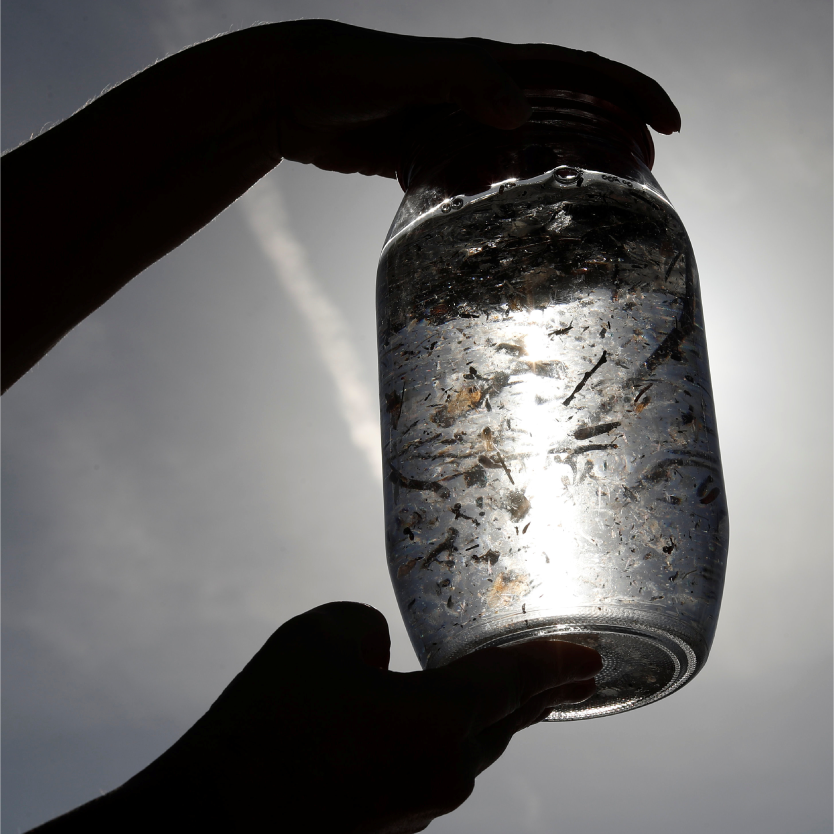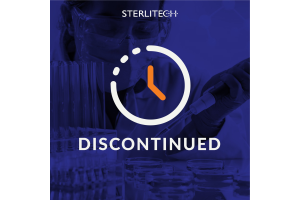Sifting through Microplastics: Filtration Research Provides Answers

Microplastics are small plastic particles, usually less than 5mm long, from both commercial product development and the breakdown of larger plastics. Decades after the Ocean Dumping Ban Act of 1988 was passed, it is now a major environmental concern.
Studies are showing the presence of plastics and microplastics in remote geographic locations, or as contaminations in many different consumer products, especially food and beverages, and within the digestive systems of marine species. The ultimate concern is the implications of trash, including microplastics, going into the water, and getting into the food we harvest for consumption.
Samples for microplastics research include:
- Seawater
- River water
- Sediments
- Animal digested
- Consumer related
- Cosmetics
- Domestic
- Consumer products
After collecting samples, one of the steps for sample cleanup is filtration. For some sample types, filtration is all that is required to separate the microplastics from the sample matrix. Using meshes in different sizes is optimal in collecting the required sample size for the analytical technique. While larger plastics can be easily analyzed using a standard FT-IR spectrometer, the microplastics would be analyzed using an FT-IR microscope which will isolate the microplastics onto a fitting substrate for analysis.
For microplastics research, filtration membranes such as glass fiber, aluminum, and gold-coated polycarbonate membranes are the best options because of the contrasts or reflectance it shows under UV light. While silicon filters are also recommended especially for transmission analysis, the cost and the rectangular dimensions make it not compatible with standard filtration systems.
Research in microplastics is still ongoing. By using and optimizing the process of sample collection, sample cleanup, preparation, and analysis, we are optimistic that further insights will be brought to light.
Sources:
Whitepaper: FT-IR Microscopy’s Optimizing the Workflow for Microplastic Analysis
National Ocean Service https://oceanservice.noaa.gov/facts/microplastics.html
National Geographic https://www.nationalgeographic.org/encyclopedia/microplastics/
- Most Viewed Blog Articles (5)
- Company News (284)
- Emerging Technologies (64)
- Microbiology and Life Science News (93)
- Water and Fluid Separation News (97)
- Filtration Resources (93)
- Product News (19)

![Join Sterlitech at BIO 2024 [Booth #5558]: Exploring the Future of Biotechnology](https://www.sterlitech.com/media/blog/cache/300x200/magefan_blog/b4.jpeg)




